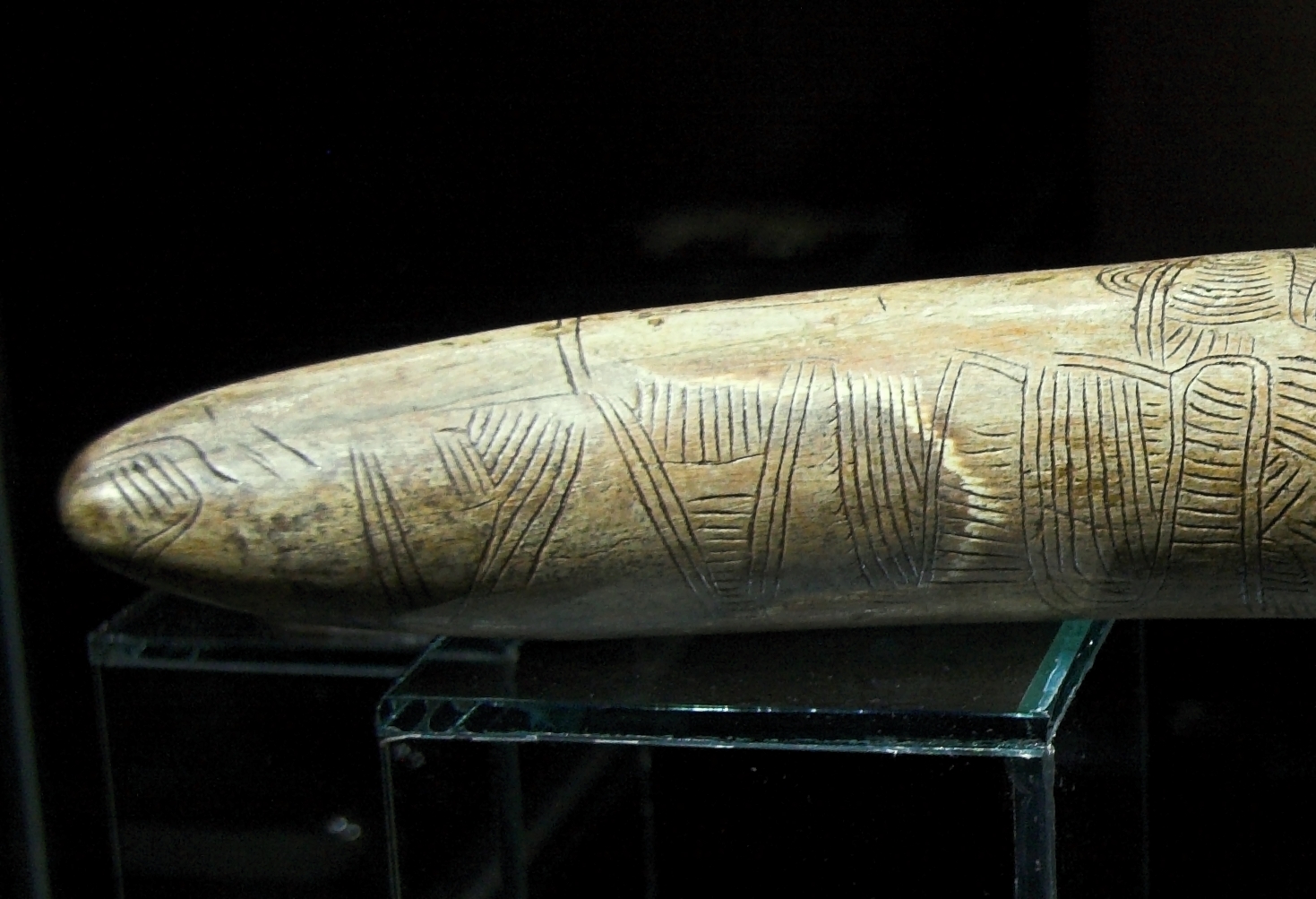|
Leporicypraea Mappa
''Leporicypraea mappa'' (previously known as ''Cypraea mappa''), common name the map cowry, is a species of large sea snail, a cowry, a marine gastropod mollusk in the family Cypraeidae, the cowries. This is considered an economically important species in the Indo-West Pacific, where it is usually collected both for food and for shell trading.Poutiers, J. M. (1998).[ftp://ftp.fao.org/docrep/fao/009/w7191e/w7191e42.pdfGastropods in: ''FAO Species Identification Guide for Fishery Purposes: The living marine resources of the Western Central Pacific Volume 1.'' Seaweeds, corals, bivalves and gastropods]. Rome, FAO, 1998. page 492. The map cowry was named on the basis of its distinct color pattern, because of the longitudinal lines and the easily distinguishable and sinuous mantle groove, which creates a resemblance to ancient maps. Taxonomy ''Leporicypraea mappa'' was previously subordinated into the genus ''Cypraea''. In the currently most accepted taxonomy of the Cypraeidae ... [...More Info...] [...Related Items...] OR: [Wikipedia] [Google] [Baidu] |
Mantle (mollusc)
The mantle (also known by the Latin word pallium meaning mantle, robe or cloak, adjective pallial) is a significant part of the anatomy of molluscs: it is the dorsal body wall which covers the visceral mass and usually protrudes in the form of flaps well beyond the visceral mass itself. In many species of molluscs the epidermis of the mantle secretes calcium carbonate and conchiolin, and creates a shell. In sea slugs there is a progressive loss of the shell and the mantle becomes the dorsal surface of the animal. The words mantle and pallium both originally meant cloak or cape, see mantle (vesture). This anatomical structure in molluscs often resembles a cloak because in many groups the edges of the mantle, usually referred to as the ''mantle margin'', extend far beyond the main part of the body, forming flaps, double-layered structures which have been adapted for many different uses, including for example, the siphon. Mantle cavity The ''mantle cavity'' is a central fea ... [...More Info...] [...Related Items...] OR: [Wikipedia] [Google] [Baidu] |
James Cosmo Melvill (naturalist)
James Cosmo Melvill (1 July 1845 – 4 November 1929) was a British botany, botanist and malacology, malacologist who collected plants in Europe and North America. Family Melvill was born at Hampstead, London, on 1 July 1845. He was a grandson of British administrator in India, Sir James Cosmo Melvill (1792–1861), his father being the latter's second son, also James Cosmo Melvill (1821–1880), onetime assistant Under-Secretary of state for India. His mother was Eliza Jane, daughter of Alfred Hardcastle of Hatcham House, Surrey. Melvill married on 30 July 1874, Bertha, daughter of George C. Dewhurst of Lymm, Cheshire and Aberuchill Castle, Perthshire, Scotland. The couple had two sons and four daughters. Education and career Melvill was educated at Harrow School, and Trinity College, Cambridge, which he entered in 1864. He graduated Bachelor of Arts (BA) in 1864, and Master of Arts (MA) in 1871. in later life he became an honorary Doctor of Science (DSc) from Manchester U ... [...More Info...] [...Related Items...] OR: [Wikipedia] [Google] [Baidu] |
Cypraea
''Cypraea'' is a genus of medium-sized to large sea snails or cowries, marine gastropod mollusks in the family Cypraeidae, the cowries. Species Species within the genus ''Cypraea'' include: * † '' Cypraea ficoides'' (Hutton, 1873) * '' Cypraea pantherina'' Lightfoot, 1786 * † '' Cypraea porcellus'' Brocchi, 1814 * ''Cypraea tigris'' Linnaeus, 1758 ;Nomen dubium: * ''Cypraea contrastriata'' Perry, 1811 (synonyms: ''Arestorides argus contrastriata'' (Perry, 1811); ''Cypraea argus contrastriata'' Perry, 1811; ''Talparia argus contrastriata'' (Perry, 1811) ) Synonyms Almost all species previously belonging to ''Cypraea'' have been reassigned to other genera within the family Cypraeidae: * ''Cypraea achatidea'' Sowerby, 1837: synonym of '' Schilderia achatidea'' * ''Cypraea acicularis'' Gmelin, 1791: synonym of '' Erosaria acicularis'' * ''Cypraea aenigma'' Lorenz, 2002: synonym of '' Nesiocypraea aenigma'' * ''Cypraea albuginosa'' Gray, 1825: synonym of '' Erosaria albugino ... [...More Info...] [...Related Items...] OR: [Wikipedia] [Google] [Baidu] |
Genus
Genus ( plural genera ) is a taxonomic rank used in the biological classification of extant taxon, living and fossil organisms as well as Virus classification#ICTV classification, viruses. In the hierarchy of biological classification, genus comes above species and below family (taxonomy), family. In binomial nomenclature, the genus name forms the first part of the binomial species name for each species within the genus. :E.g. ''Panthera leo'' (lion) and ''Panthera onca'' (jaguar) are two species within the genus ''Panthera''. ''Panthera'' is a genus within the family Felidae. The composition of a genus is determined by taxonomy (biology), taxonomists. The standards for genus classification are not strictly codified, so different authorities often produce different classifications for genera. There are some general practices used, however, including the idea that a newly defined genus should fulfill these three criteria to be descriptively useful: # monophyly – all descendants ... [...More Info...] [...Related Items...] OR: [Wikipedia] [Google] [Baidu] |
Ancient Maps
The history of cartography refers to the development and consequences of cartography, or mapmaking technology, throughout human history. Maps have been one of the most important human inventions for millennia, allowing humans to explain and navigate their way through the world. When and how the earliest maps were made are unknown, but maps of local terrain are believed to have been independently invented by many cultures. The earliest surviving maps include cave paintings and etchings on tusk and stone. Maps were produced extensively by ancient Babylon, Greece, Rome, China, and India. The earliest maps ignored the curvature of Earth's surface, both because the shape of the Earth was uncertain and because the curvature is not important across the small areas being mapped. However, since the age of Classical Greece, maps of large regions, and especially of the world, have used projection from a model globe in order to control how the inevitable distortion gets apportioned on the ... [...More Info...] [...Related Items...] OR: [Wikipedia] [Google] [Baidu] |



